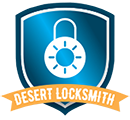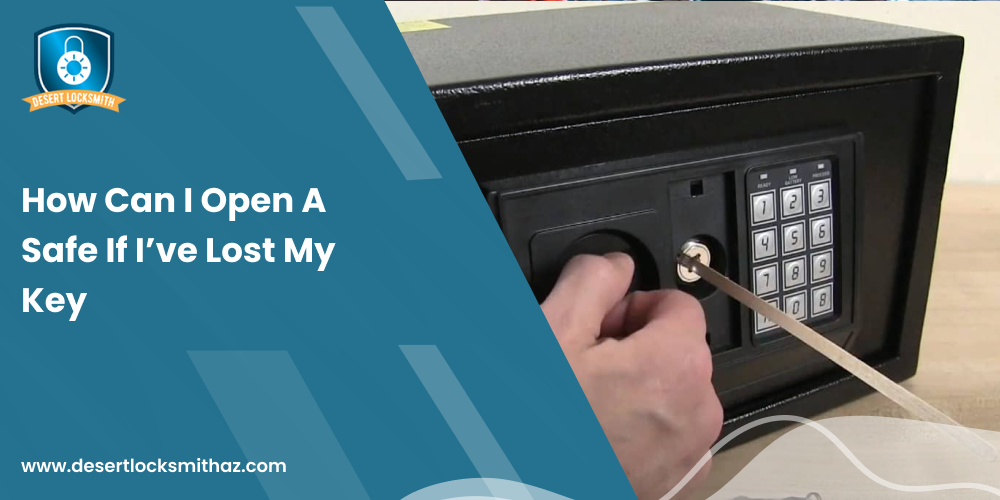The majority of digital safes contain a key that may be used to open and unlock them instead of a passcode. But what should you do if you misplace your digital safe keys and the keypad isn’t powered? In this article, we’ll show you how to regain access to your digital safe without the key or code, as well as how to fix the keypad, reset the code, and, in the worst-case scenario, break in.
Restore the power in the keypad
- If you don’t have your override key, recharge or replace the batteries. Some digital safes include an override key that can open the safe in addition to a keypad for entering your passcode. Replace the batteries in your electronic keypad or recharge it if it runs out of power and you don’t have your override key. If you don’t have your override key, you can use the electronic keypad to access your digital safe.
- On the keypad, locate the battery housing and remove it. Look for the battery housing on the keypad or nearby. Typically, it is located on the keypad’s underside. To reveal the batteries, remove the case while holding the latch with your finger. To access the battery housing, you might need to unscrew a little screw on some digital safes. Make that the battery shell is not broken or that no pieces are coming loose. If so, you might need to get your safe opened by a safe locksmith.
- Use the same kind and voltage batteries to replace the old ones. Take the current batteries out of their slots after opening the battery casing. The same type of batteries should be inserted into the slots in the same manner as the previous ones. The battery case clasp should then be shut. Once the power has been restored, the keypad might illuminate or the lights might come on.
- If your digital safe has a power supply connection, plug it in. If your safe includes a USB port, a power outlet, or a 9-volt battery on the keypad, insert a plug-compatible electrical cord or battery into that port. Before attempting to open the safe, give the keypad at least 10 minutes to charge so it has time to create a power reserve. If your safe has a USB charging port, any USB charging wire will work with it. You might be able to find a cord that fits into the charging port even though your safe might have a specific power cord for charging the keypad. When you attach a power supply to it, there should be a charging light that illuminates or light behind the keypad that turns on.
- Once the power is restored, enter your passcode to open your safe. Try inputting your passcode once the keypad has power. Your digital safe will open and be accessible after the locking mechanism disengages. Try resetting your passcode if you’ve forgotten it.
Resetting your code
- Find the electronic component of the safe’s back panel. On the bottom or rear of the safe, look for tiny apertures or holes. Look inside the holes with a flashlight to find the control panel’s backside. On the back of the control panel, there will be wiring and electrical parts.
- One of the holes in the safe should fit a wire coat hanger. Unwind a wire coat hanger, then straighten it out to make a long, thin wire. To reach the control panel, insert the wire hanger’s end into one of the apertures. Take care not to force the wire hanger into the opening, since this can break the electronic keypad and prevent you from being able to reset it.
- On the inside keypad of the safe, press the reset button. On the back of the control panel, seek the reset button while using your flashlight to guide the wire. A little, black button with the text “Reset” next to it ought to be there. With the hanger’s tip, press the button. When you hit the reset button, the control panel can light up or you might hear a beeping sound.
- Create a new passcode on the keypad’s front. You can type a new passcode on the front of the keypad after pressing the reset button. On the keypad, enter a code that you are confident you will remember. To ensure that you don’t forget the code, write it down or save it to your phone.
- By pressing the set button next to the reset, you can confirm the new code. To find the “Set” button next to the reset button, shine the flashlight into one of the apertures. To verify the new passcode you entered, press the button on the end of your wire. After you verify the code, the control panel can beep or light up. On the front of the panel, the set button might be checked off or it might not have a label.
- Enter the new passcode to unlock the safe. Input your new code into the control panel on the front of the safe after removing the wire from it. When the locking mechanism is released, open your safe.
Trying other solutions
- To open the lock, insert a knife into the keyhole and shake it. If your digital safe has a keyhole, insert a solid knife’s sharp tip inside it. To get the locking mechanism to release, wriggle and shake the knife. After that, unlock the safe’s door. For less expensive safes, shaking the lock open is more likely to work. On a safe with a digital keypad and combination locks, this technique might be effective.
- To unlock the lock, use a screwdriver in the keyhole and turn it. A flathead screwdriver should be inserted into the safe’s keyhole while it is on a flat surface. Till you hear or feel the locking mechanism opening, repeatedly counterclockwise-rotate the screwdriver. Open the safe after taking out the screwdriver. If you use a screwdriver to harm the locking mechanism, you might not be able to lock the safe once more.
- As a final resort, drill through the override key slot. Take a power drill and a drill bit powerful enough to drill through metal if all else fails. The safe’s key slot can be completely penetrated by drilling through it, disabling the locking mechanism. The safe’s door can then be opened.
Wrapping up
Instead of going through it all alone and damaging both lock & key, go for locksmith services. Desert Locksmith is one of the locksmith companies providing the best locksmith services.

